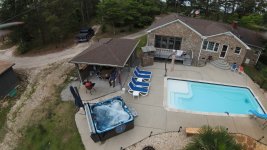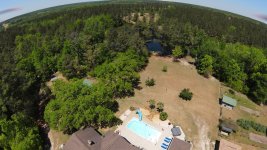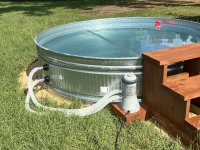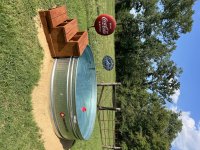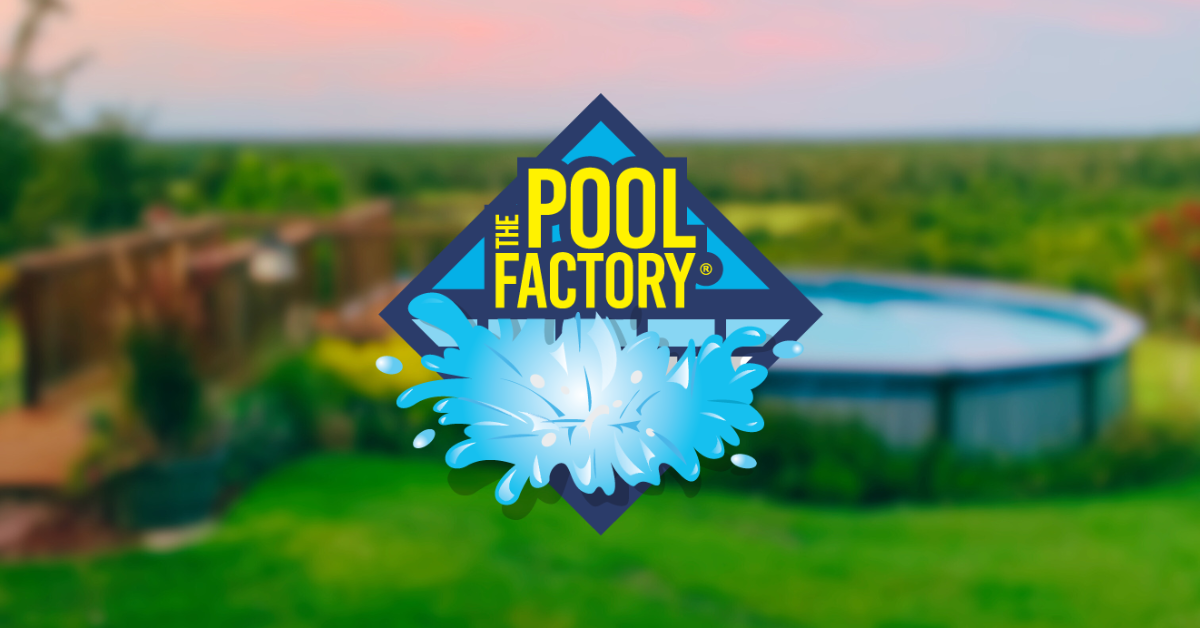Recent Wall Street journal seems pertinent (requires sub):
Natural Pool Owners Are Kissing Chlorine and Orher Chemical Goodbye. We’re looking to restore our old spring fed pond, but as it’s a 350 foot walk away from the house, having a pool nearby, and in view of the house, would be nice. A few things From the article I gleaned online;
“As the second summer of the pandemic approaches, waiting lists for in-ground pools and a chlorine shortage are sparking interest in so-called "bio" pools.”
“Natural pools are a tiny fraction of the U.S. residential pool market, which is dominated by pools that use chlorine and other chemicals to keep bacteria and microbes at bay. They are a sustainable choice, requiring less energy to operate.”
“The water is somewhere between a mossy hue to a jade color. Aquatic plants and materials like gravel create a naturally occurring ecosystem with biofilms called a regeneration zone. Water is kept clean as it recirculates over the film of micro-organisms.“
”Natural pools cost ~$125/sf, excluding decks, electrical and landscaping. That is ~10% more than installation costs for a chlorine pool. But they are slightly less expensive to maintain.”
“In the U.K., architects Emma and Spencer Guy recently installed a 38-by-18-foot natural pool in Buckinghamshire, about an hour from London.” “There is nothing better than a swallow dipping next to you to drink as you swim in clean, odorless, warm water.”
”Natural pools cost ~$125/sf, excluding decks, electrical and landscaping. That is ~10% more than installation costs for a chlorine pool. But they are slightly less expensive to maintain.”
“Natural pools require about as much work as a traditional pool.
“We have to cut back the plants in the regeneration zone for the winter, treat water with beneficial bacteria a few times a season, drain pipes, and vacuum the bottom and sides...”


